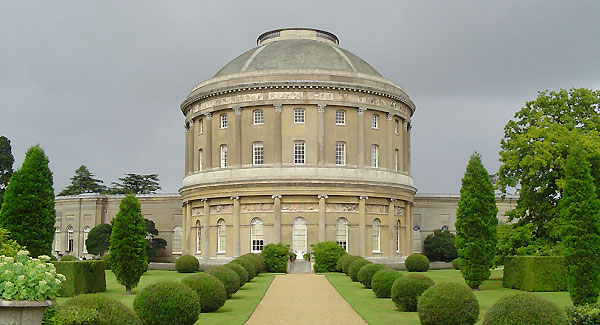| Harwich is not just a busy port through which millions of tons of freight and hundreds of passengers travel each year. Along with nearby Dovercourt, Harwich is a town steeped in history.
Harwich’s connection with the sea trade dates much further back than large modern ferries. The Navyard Wharf is a reminder of the ships built here for the Navy in the 1600s, you can still see the original shipyard bell which dates from 1666. Master of The Mayflower (the vessel that took the Pilgrim Fathers to America) lived in Harwich until he moved to Rotherhithe in 1611. The Treadwheel Crane which was used at the Yard from 1667 thru to 1927 has now been moved to the seafront. Unique in its construction it worked by having not horses but MEN walking in the treadmill. The Harwich Lifeboat Museum is housed in the first Harwich lifeboat station (which was built in 1876), here you can learn of the station’s history from 1821 onwards. The Guildhall dates from 1769 and you can see graffiti on it’s walls which was carved by prisoners during it’s time as a gaol. The east coast was under constant threat in the 1800’s from Napleon and his forces and in 1808 The Redoubt Fort was one of several large circular forts built on England’s coasts to protect the harbour and country from invasion. (A similar fort can be found on the Suffolk side of the estuary entrance at Felixstowe). The Bathside Battery was built in 1811 to protect the West side of the town from invasion. The High Lighthouse was built in 1818 and used to help ships navigate the nearby sandbanks, it is now home to a Wireless Museum. Just to the south of Harwich is the older town of Dovercourt. The area has been inhabitated since prehistoric times. Bronze Age axe heads have been found at uper Dovercourt and these are now on display in Colchester Museum. Of worthy mention is the iron lighthouse on the seafront. Dovercourt was the location for filming of the 1970s hit comedy series “Hi-De-Hi”, outside shots being filmed on the beach at Dovercourt as well as at a dis-used holiday camp (now demolished). |
Harwich
Related Posts
Chelmsford
Chelmsford is the County town of Essex and famous for being the birthplace of radio. Just 30 miles north east of London, Chelmsford it is a perfect location for visitor…
Clacton
Clacton has something for everyone, nostalgia sits comfortably alongside amusement arcades and ice cream. There are miles of sandy coast, elegant hotels, beautifully kept gardens alongside the sea and a…


